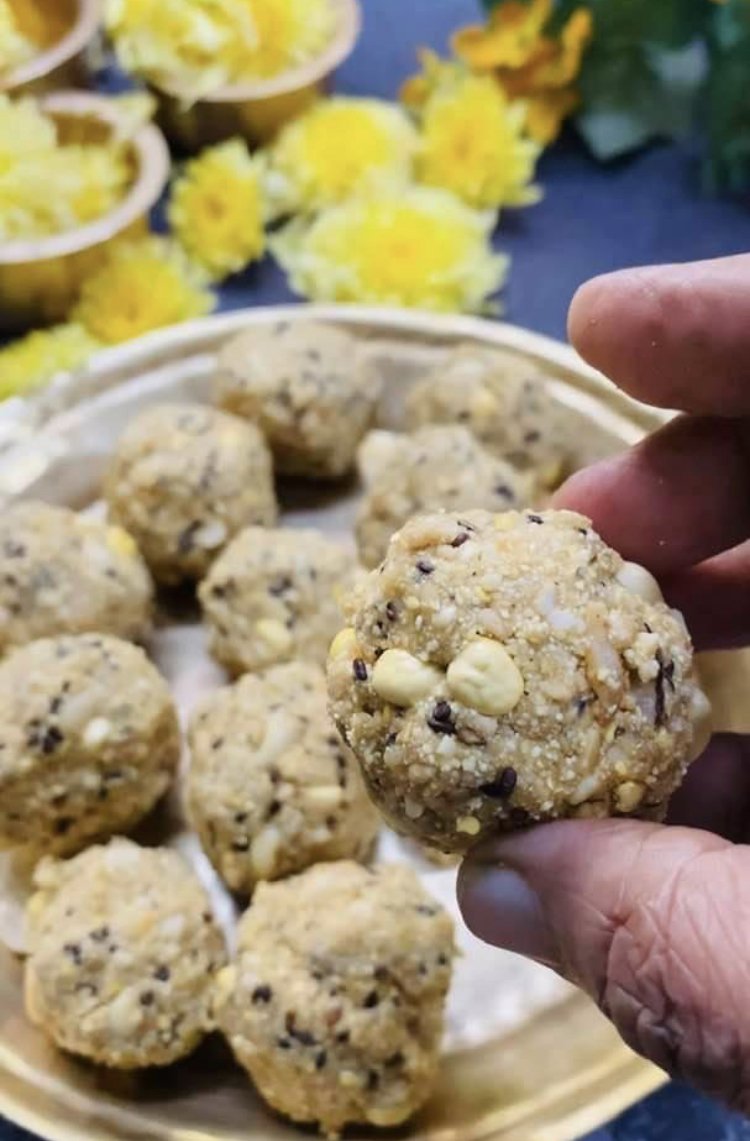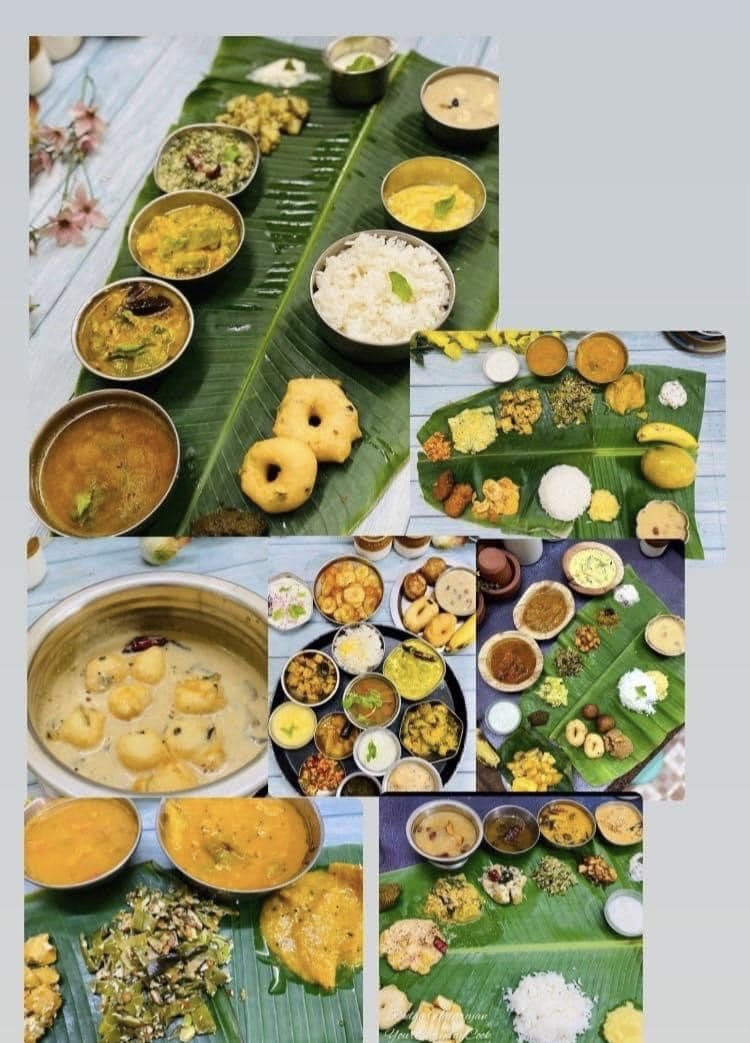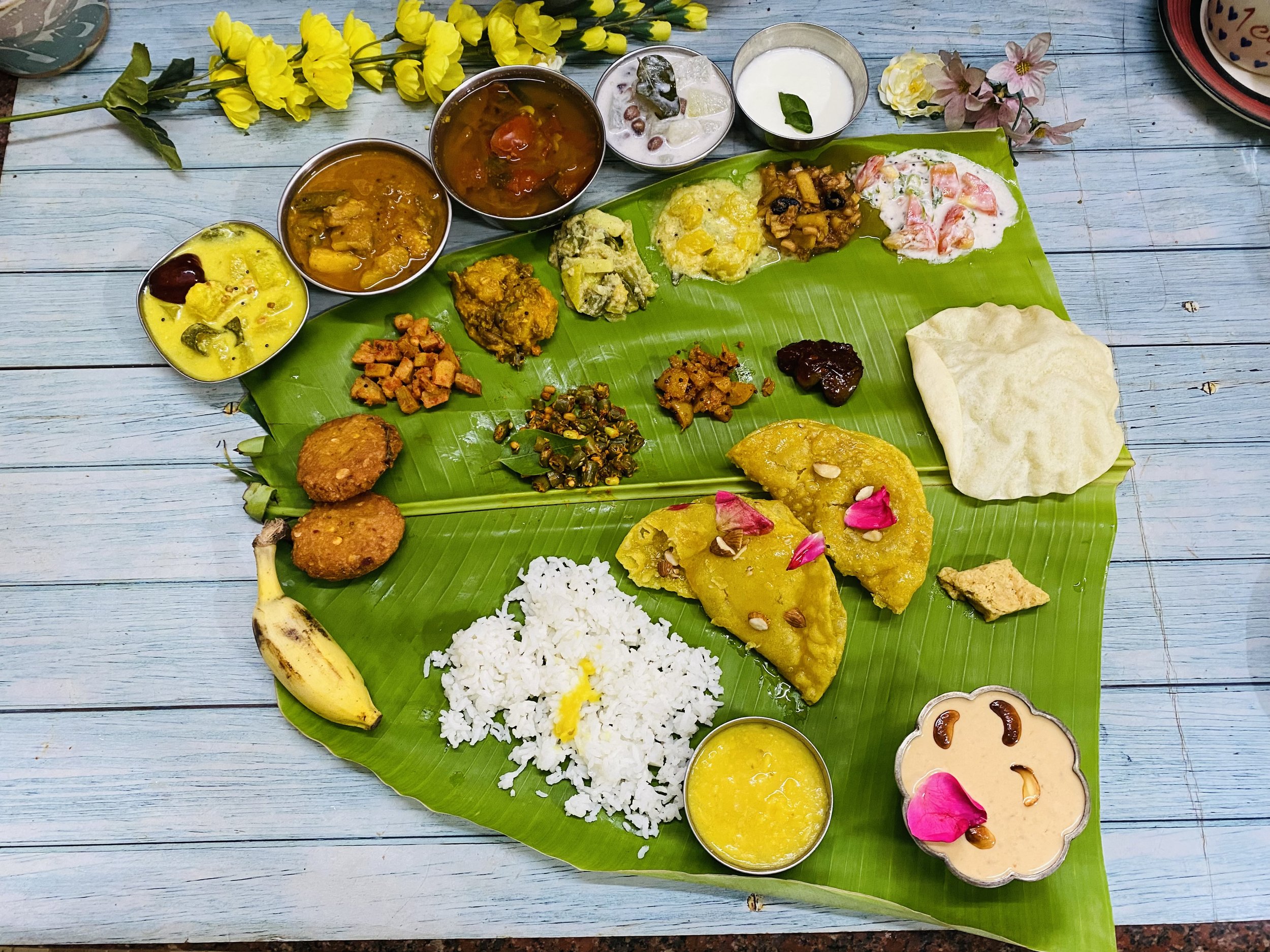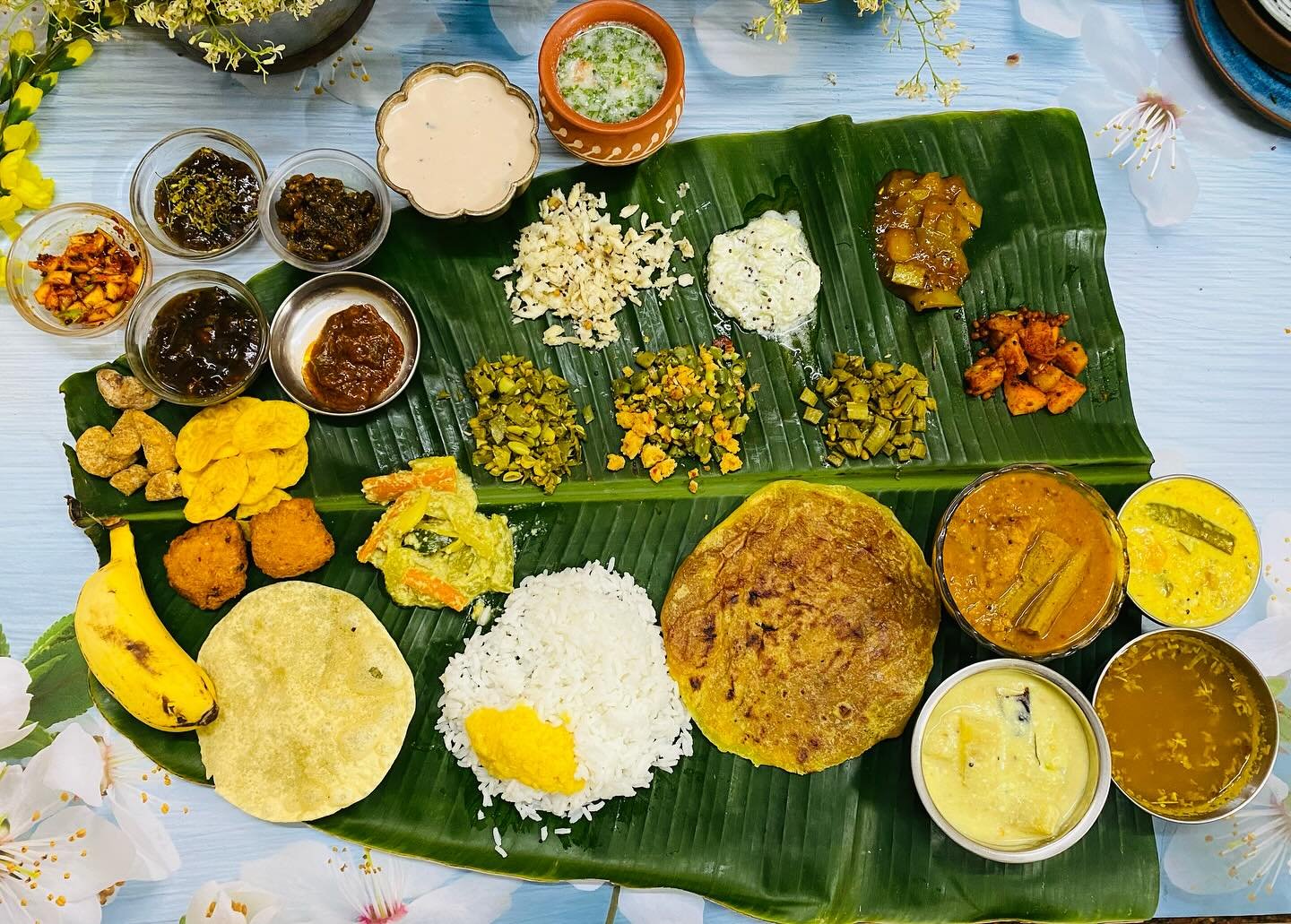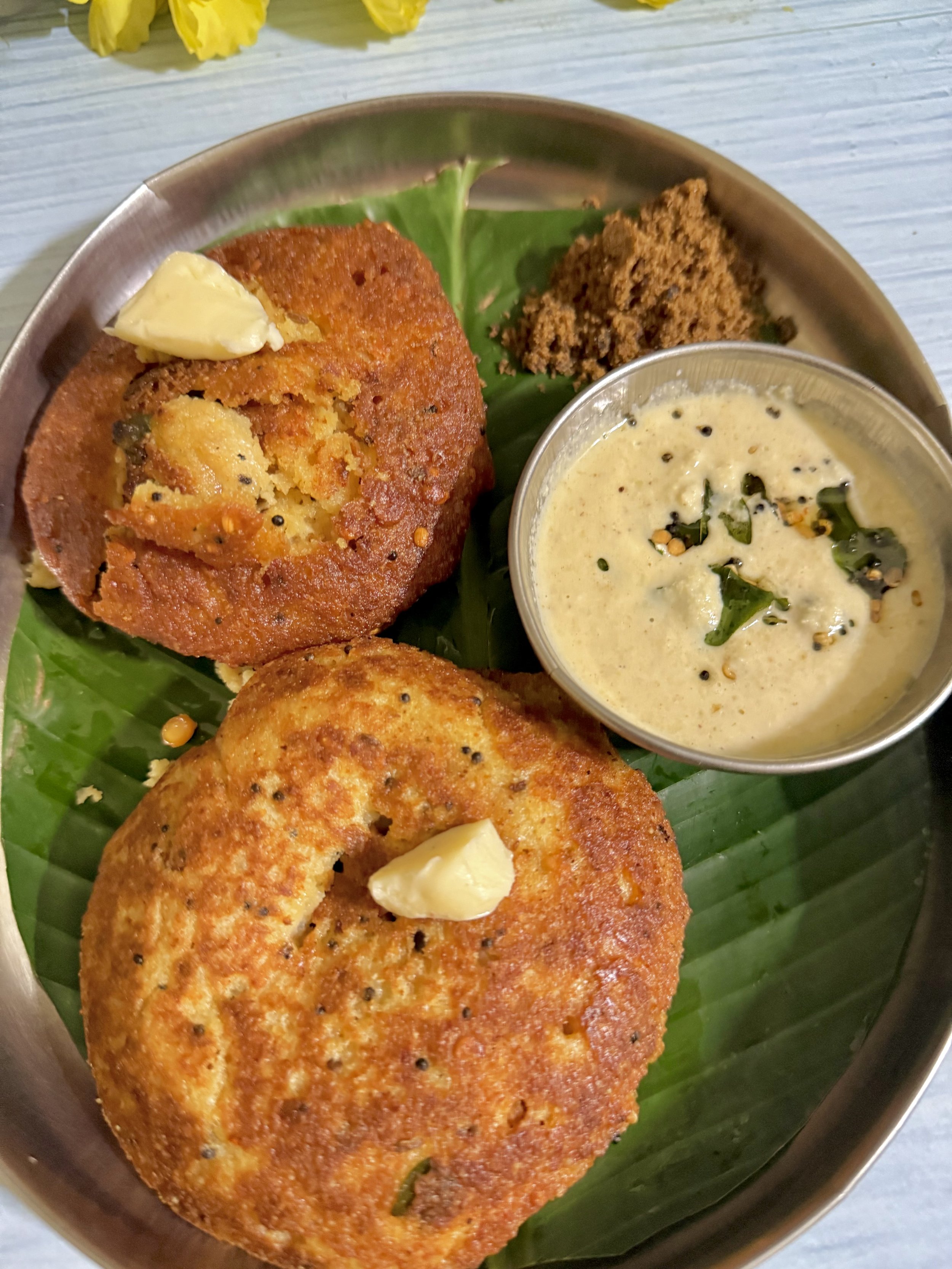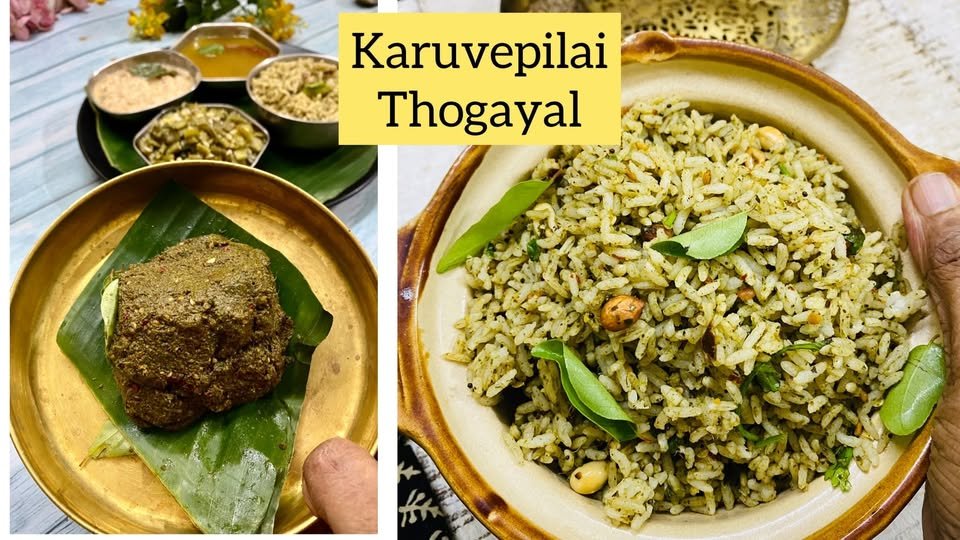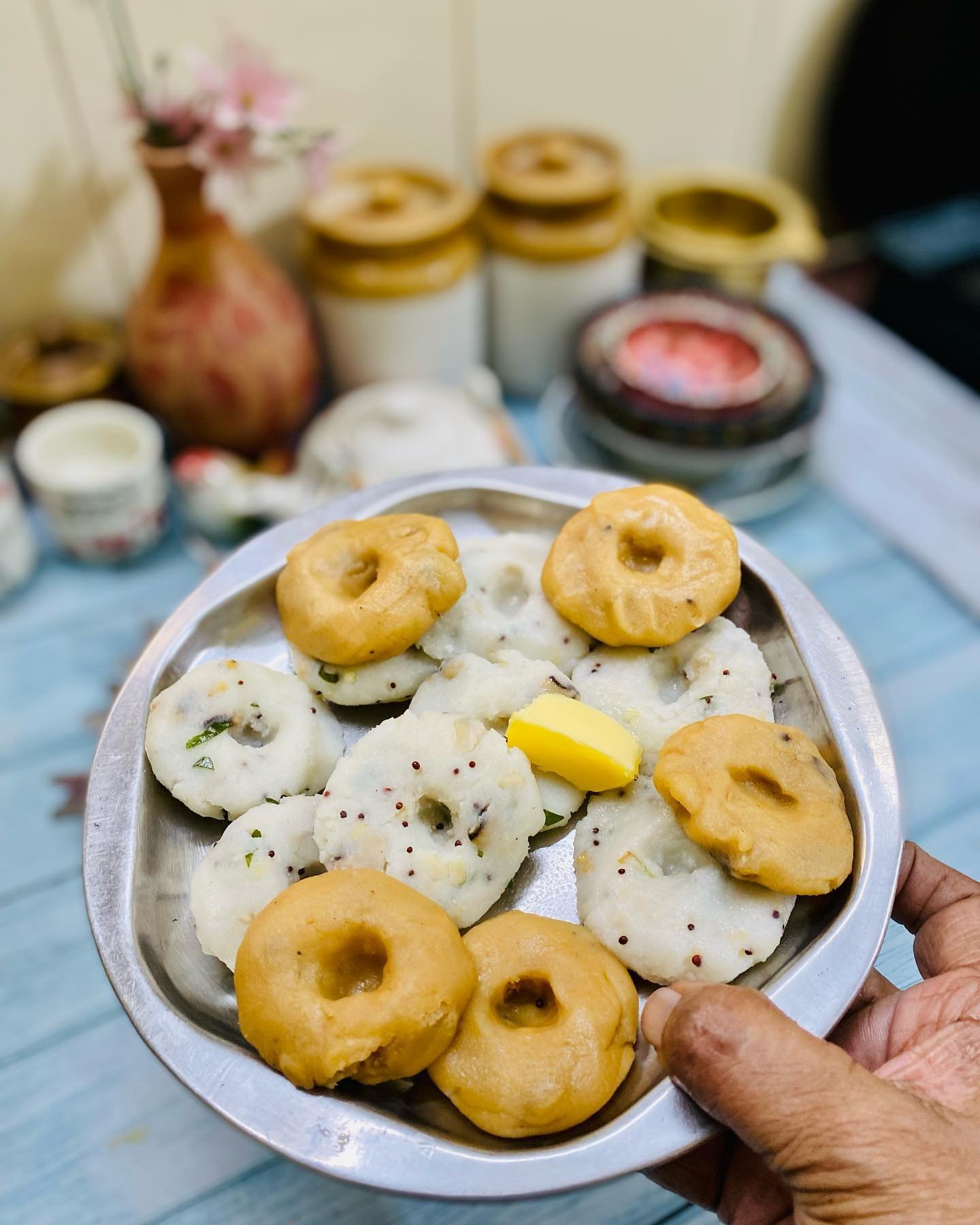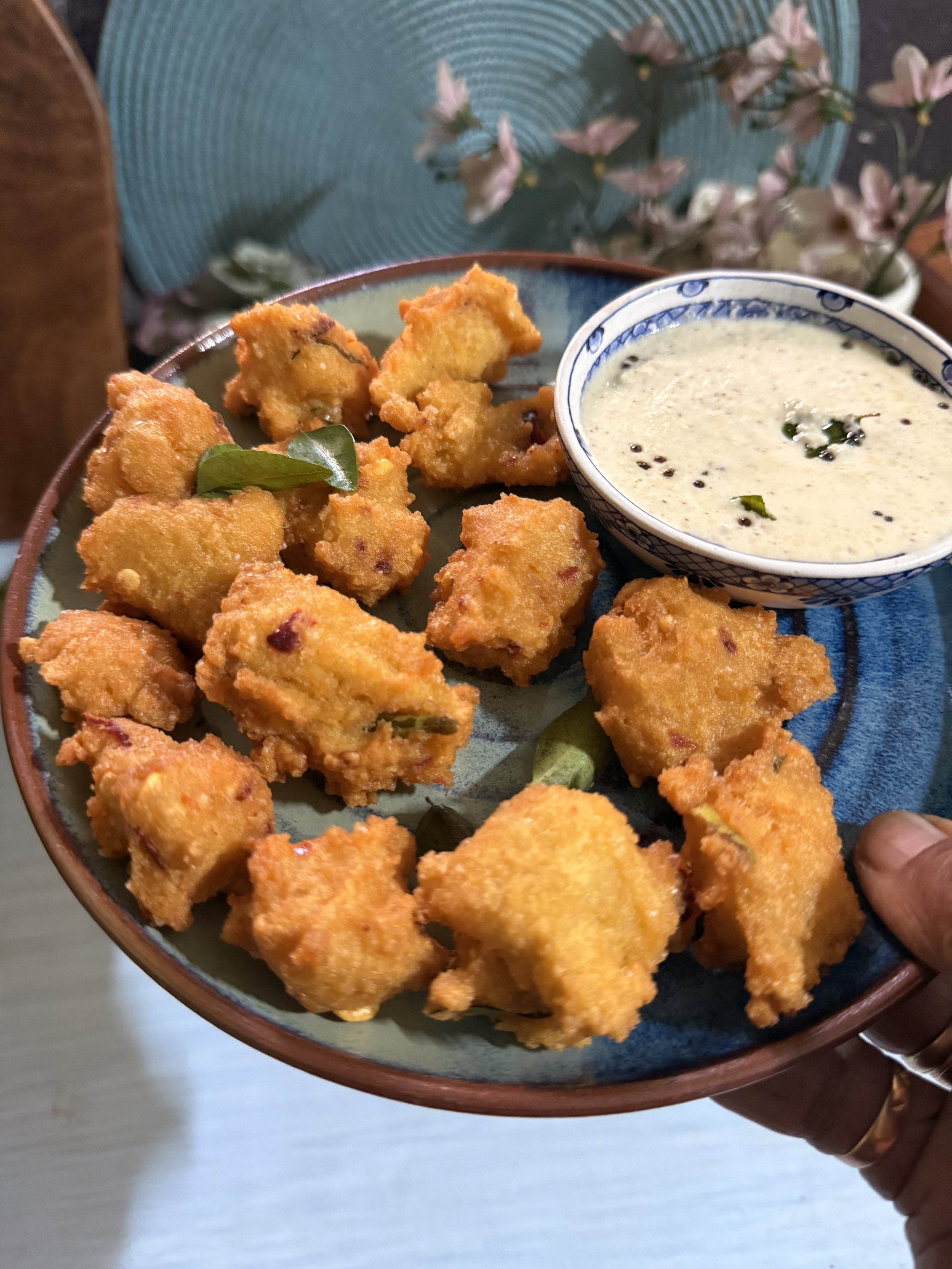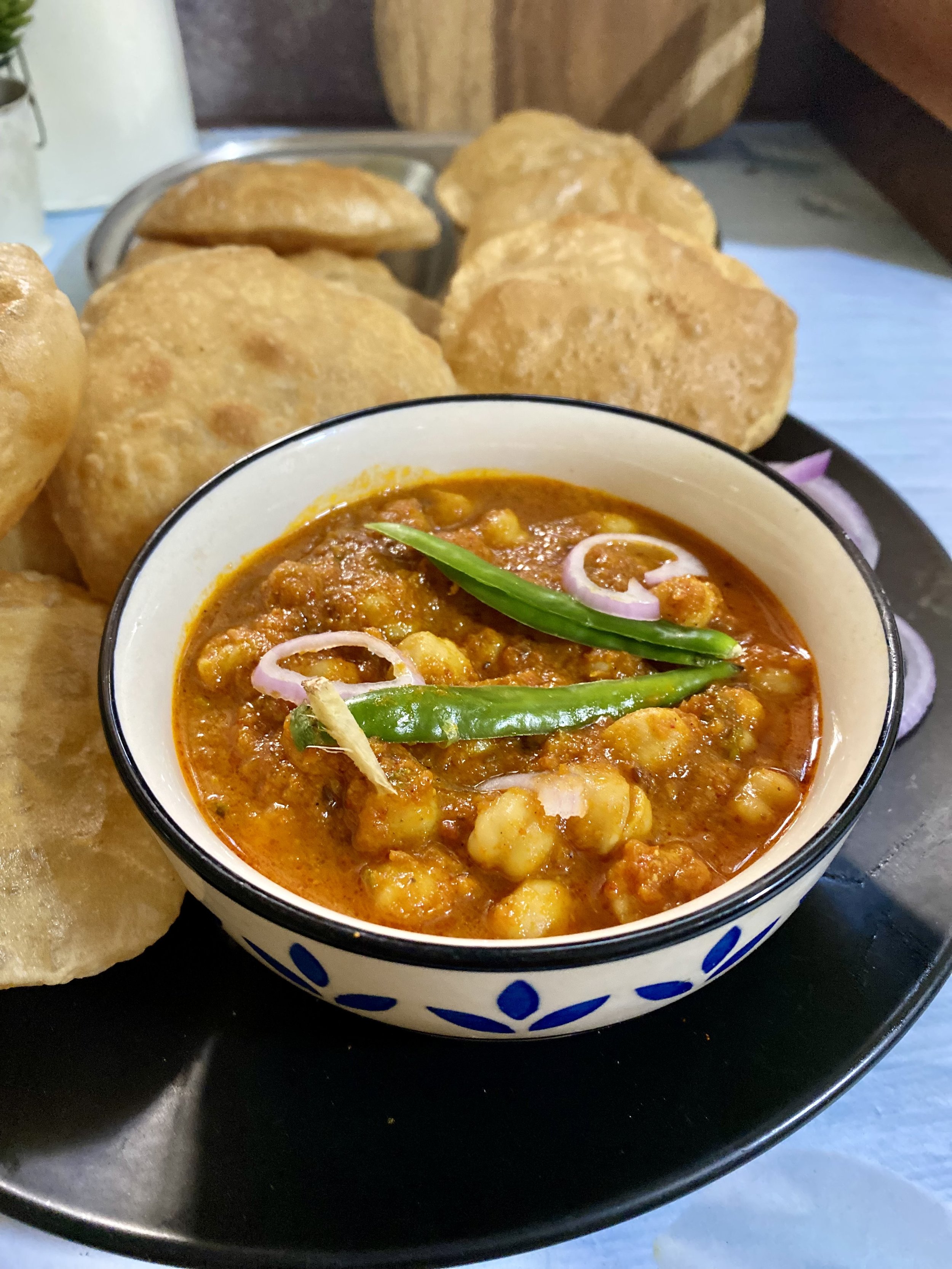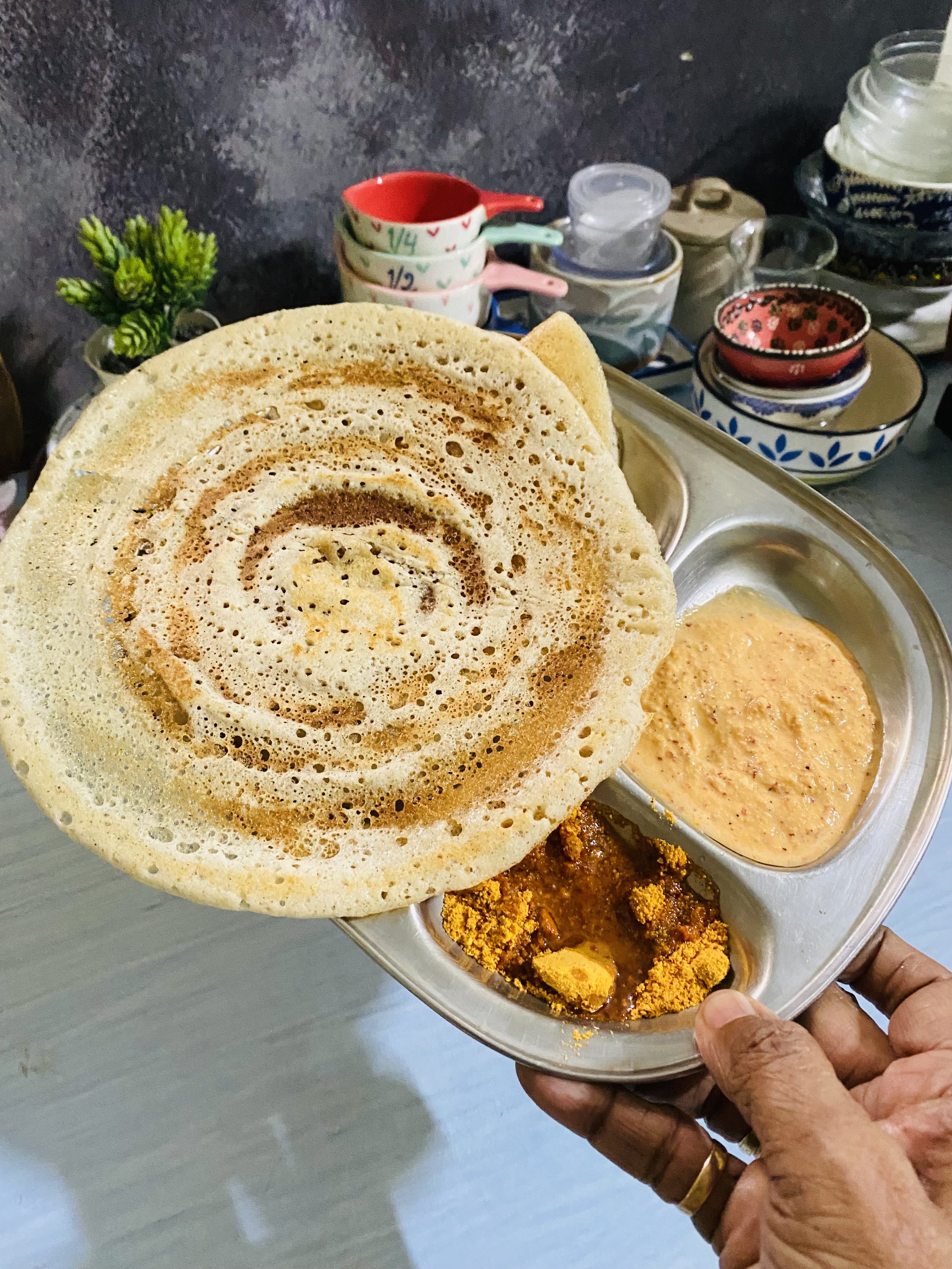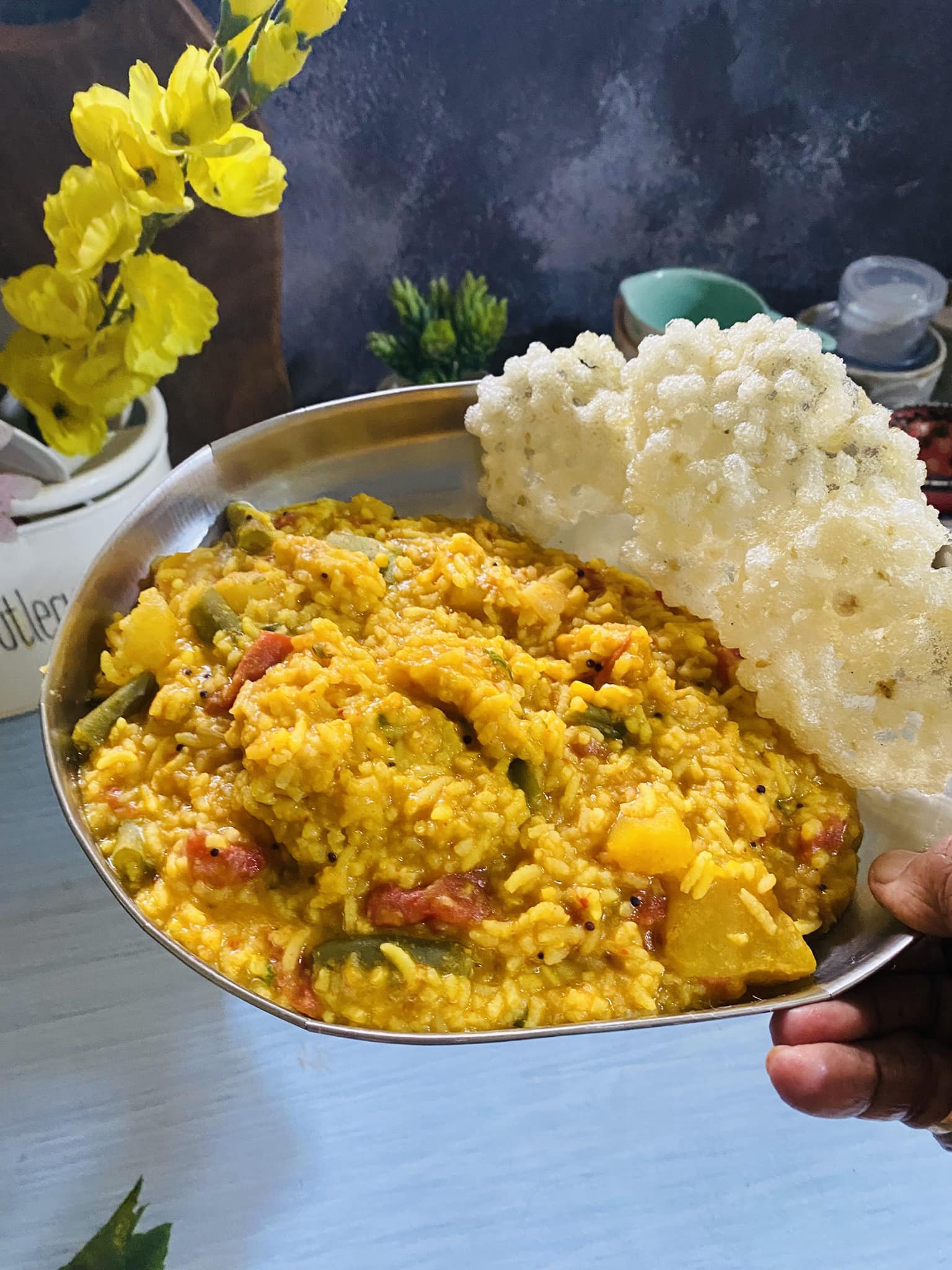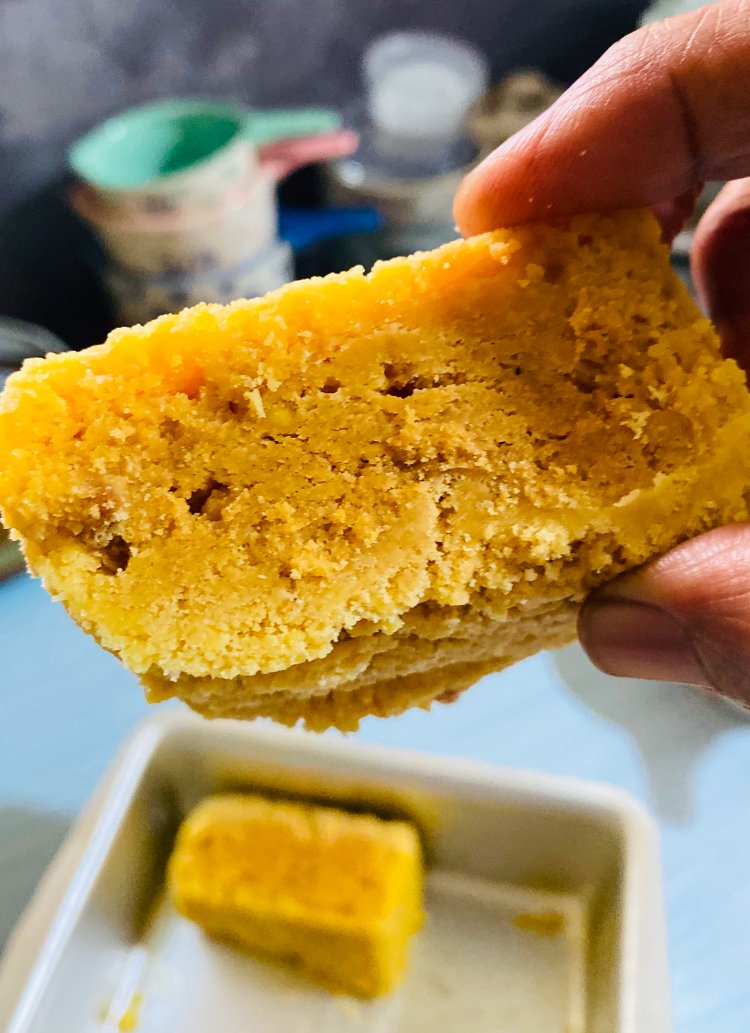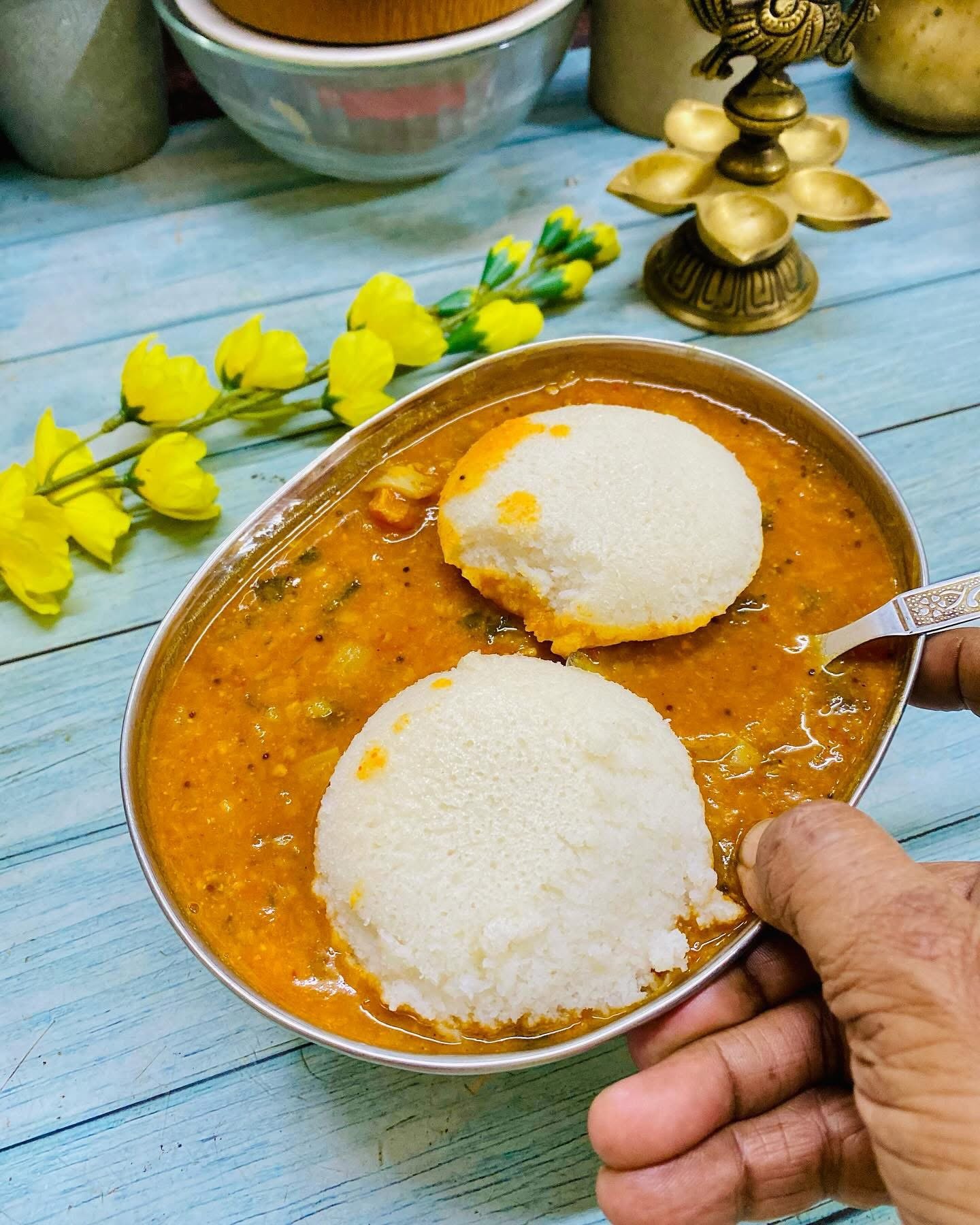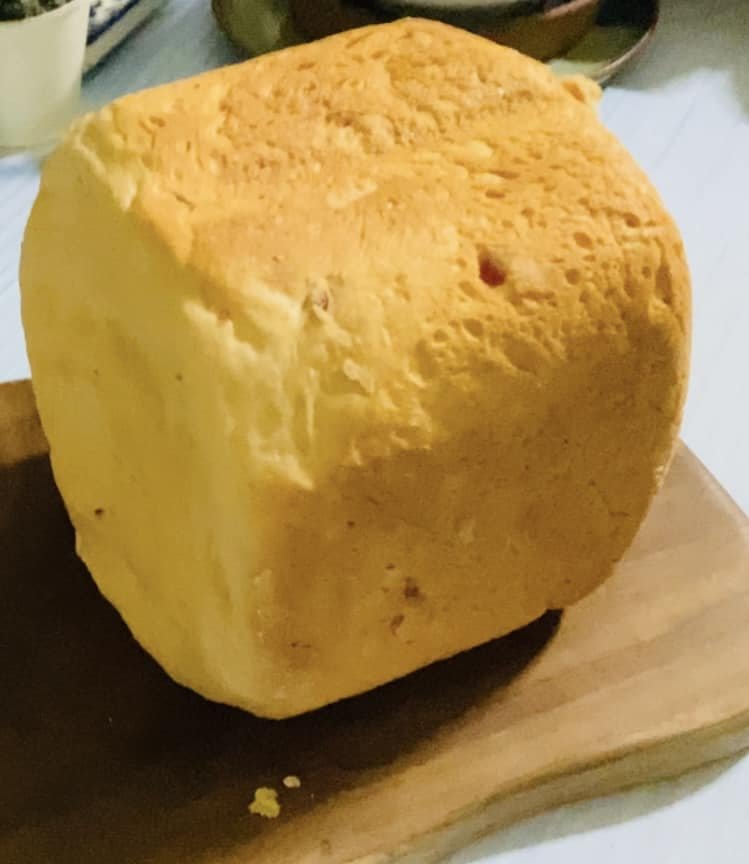Maha Shivarathri
Maha Shivarathri
Mahashivratri is one of the greatest and the most celebrated Hindu festivals when Lord Shiva is glorified, worshipped and honored with sanctifying rituals throughout the night. The word Shiva means all-auspicious. Maha means great, and Ratri means night. Maha Shivaratri means The Great Night of Shiva.
Sivaratri, dedicated to Lord Shiva, is celebrated on the moonless night of the month of Phalguna, which is the fourteenth day in the krishnapaksha or dark half. Owing to a special planetary conjunction, spiritual practices done on this day are considered to be especially auspicious and beneficial. There is a reference to this in one of the Puranas, where Shiva himself tells Parvati Devi [the Divine Mother] that this day is particularly dear to him, and that those who perform the prescribed austerities on this day will be freed from all sins.
It is believed that once when Maa Parvati asked Lord Shiva “what kind of rituals or worship by His devotees pleases Him the most?” Lord Shiva replied that worship with Bel patra on the 14th day of waning moon in the month of Phalgun by devotees pleases Him the most. From then onwards this day is celebrated as Mahashivratri.
Maha Shivaratri is considered as a blissful night when all followers of Shiva take refuge in him. Those who take refuge get free from all miseries and sufferings. Shivratri is considered as auspicious night for paying offerings and prayers to Lord Shiva. Followers all over the world wait for this night to seek blessings from Lord Shiva.
Puranas contain many stories and legends describing the origin of this festival.
According to one, during the samudra manthan, a pot of poison emerged from the ocean. This terrified the Gods and demons as the poison was capable of destroying the entire world, and they ran to Shiva for help. To protect the world from its evil effects, Shiva drank the deathly poison but held it in his throat instead of swallowing it. This made his throat turn blue, and he was given the name Neelakantha, the blue-throated one. Shivaratri is the celebration of this event by which Shiva saved the world.
According to another legend in the Shiva Purana, once the other two of the triads of Hindu Gods, Brahma and Vishnu, were fighting over who was the superior of the two. Horrified at the intensity of the battle, the other gods asked Shiva to intervene. To make them realize the futility of their fight, Shiva assumed the form of a huge column of fire in between Brahma and Vishnu.
Awestruck by its magnitude, they decided to find one end each to establish supremacy over the other. Brahma assumed the form of a swan and went upwards and Vishnu as Varaha went into the earth. But light has no limit and though they searched for thousands of miles, neither could find the end. On his journey upwards, Brahma came across a Ketaki flower wafting down slowly. When asked where she had come from, the Ketaki replied that she had been placed at the top of the fiery column as an offering. Unable to find the uppermost limit, Brahma decided to end his search and take the flower.
The angry Shiva revealed his true form. He punished Brahma for telling a lie, and cursed him that no one would ever pray to him. The Ketaki flower too was banned from being used as an offering for any worship, as she had testified falsely. Since it was on the 14th day in the dark half of the month of Phalguna that Shiva first manifested himself in the form of a Linga, the day is especially auspicious and is celebrated as Mahashivaratri. Worshipping Shiva on this day is believed to bestow one with happiness and prosperity.
One popular story from the Puranas goes like this: There was once a poor hunter from Varanasi. His name was Suswara. He lived with his wife and child in a small hut. Theirs was a hand-to-mouth existence. Suswara would go to the forest and hunt whatever game came his way, and thus feed his family. One particular day, he caught many small animals and birds, which he put into a sack. Encouraged by the catch, he wandered deeper into the forest in search of more game. Soon darkness set in and he turned to go home. He was a little worried as the forest was infested with dangerous animals. He did not like the idea of spending the night there. Soon it became very dark. Unable to find his way back, Suswara climbed a tree to be safe from the wild animals.
Attracted by his scent, animals came lurking under the tree. Hoping to scare them away, Suswara plucked some twigs from the tree and threw them at the animals, but to no avail. Throughout the night the animals kept prowling beneath the tree.
Suswara was unable to get even a wink of sleep. He kept vigil throughout the night. He plucked leaves from the tree, which happened to be a bilva tree, and dropped them on the ground. Unknown to Suswara, there was a Shivalinga at the foot of the tree; and so, although he was unaware of it, by dropping the sacred bilva leaves, Suswara was making a sacred offering to the Shivalinga. That night happened to be Shivaratri. So the hunter had unknowingly kept a night-long vigil and worshipped Shiva.
This unwitting all-night worship pleased Shiva, by whose grace the tribal was rewarded with divine bliss. This story is also recited on Mahashivaratri by devotees on fast. After observing the all-night fast, devotees eat the Prasad offered to Shiva.
Immediately after Mahashivaratri, almost like a miracle, the trees are full of flowers as if to announce that after winter, the fertility of the earth has been rejuvenated. And this perhaps is the reason why the Linga is worshipped throughout India as a symbol of fertility.
According to the Shiva Purana, the Mahashivaratri worship should incorporate six items: offering bilva leaves to the deity after giving it a ceremonial bath, which represents purification of the soul; applying vermilion paste on the linga after bathing it, which represents virtue; offering food, which is conducive to longevity and the gratification of desires; lighting incense, which yields wealth; lighting an oil lamp, which signifies the attainment of knowledge; and offering betel leaves, which marks satisfaction with worldly pleasures. These six items form an indispensable part of the Mahashivaratri worship, be it a simple ceremony at home or grand temple worship.
Sources ..Hinduism , astroved, Rudraaksh , Hindu blog
Hymns and Mantras that please Lord Shiva
The best mantra is Maha Mrityunjay Mantra from the Sukla Yajurveda Samhita III. 60.
|| Om Trayambakam Yajaamahe
Suganghim Pushtivardhanam
Urvaarukmiva Bandhanaan
Mrityor Mokshiya Mamritaat ||
The meaning of the Mantra is as follows:
I worship thee, O sweet Lord of transcendental vision (the three -eyed one or Lord Siva). O giver of health and prosperity to all, may I be free from the bonds of death, just as a melon (or cucumber) is severed effortlessly from its bondage or attachment to the creeper.
Mahashivaratri worship should incorporate six items: offering bilva leaves to the deity after giving it a ceremonial bath, which represents purification of the soul; applying vermilion paste on the linga after bathing it, which represents virtue; offering food, which is conducive to longevity and the gratification of desires; lighting incense, which yields wealth; lighting an oil lamp, which signifies the attainment of knowledge; and offering betel leaves, which marks satisfaction with worldly pleasures. These six items form an indispensable part of the Mahashivaratri worship, be it a simple ceremony at home or grand temple worship.
No worship is complete without offering something to the deity. Lord Shiva is very simple and innocent, and doesn’t expect much; hence, he is called Bholenath. One just needs to offer ‘bel-patra’ to him. Bel-patra offering signifies the surrender of all three aspects of one’s nature—tamas, rajas, and sattva. You have to surrender the positives and negatives of your life to Lord Shiva and become free.”
Gurudev Sri Sri Ravi Shankar,
Thambittu for Mahashivarathri



